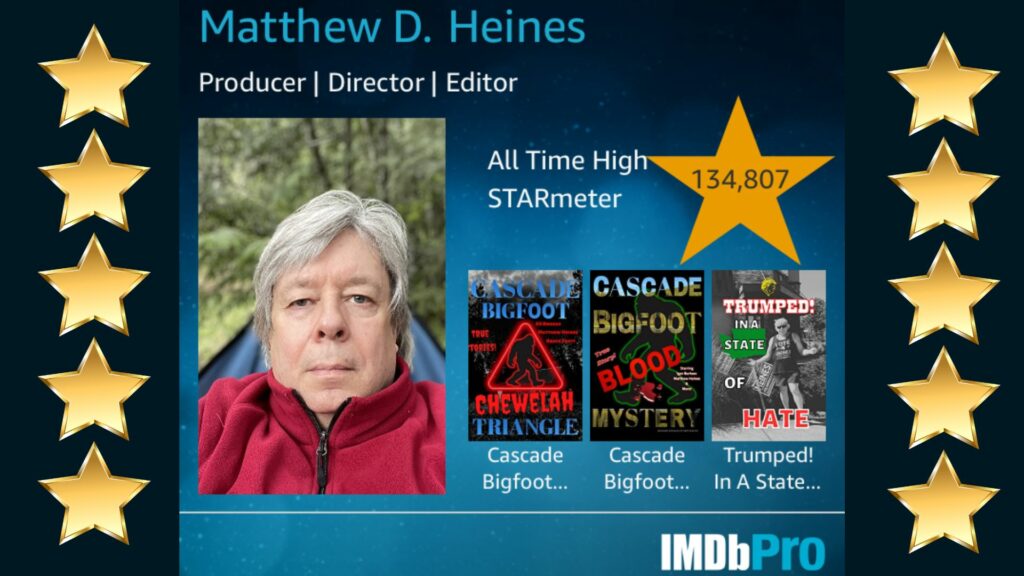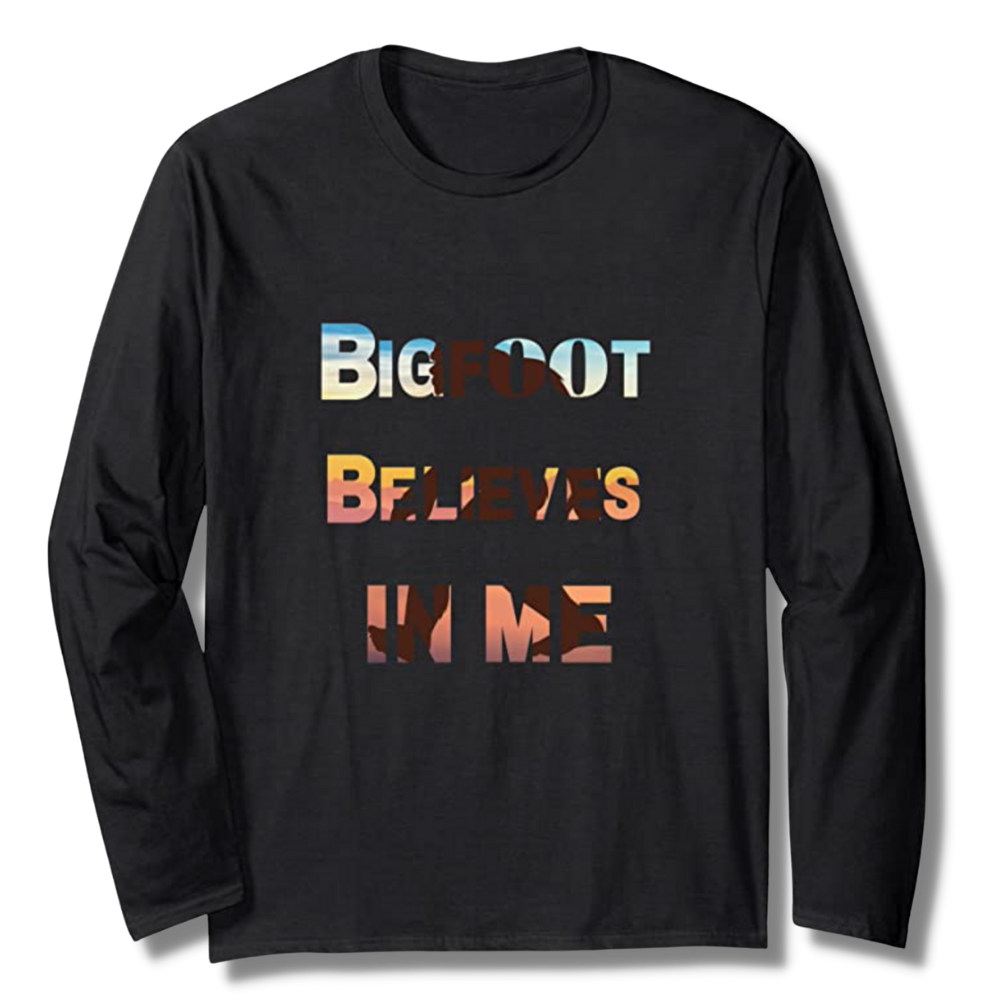
Your Own Private Sentry
In this blog, we are going to explain to you what you need to know about game cameras in the Search for the Paranormal and why some are just better than others. If you have any comments, please leave them below.
In the search for the paranormal, it’s just not possible to be everywhere at once. If you are looking for signs of Bigfoot and Dogman, observing the game trails in your research area won’t be possible for the days, or weeks required for reliable statistics and usable data. If you can’t be out there modern technology can and at a fairly reasonable price.
1. Image Quality
The more Megapixels the better the picture will be. Basic trail cameras start at 2MP and get to as high of a resolution as 20MP. Having at least 7MP is recommended. But for capturing and studying bigfoot, aliens and dogman encounters at night, nothing lower than 10MP is recommended.
2. Trigger Time
Trigger time is the time in which the camera detects movement and captures a picture of the movement. The less time the better the camera. Trigger time in cameras can range from 0.14 seconds to 4 seconds.
3. Battery and Power Options
Most brands offer a range of battery life between six months up to a year. Looking for cameras with at least eight sockets for AA batteries or rechargeable ones will be more expensive in the beginning but will last for years. Always try to go for a camera with a battery indicator included.
4. Detection Circuit
Detection circuit identifies the range (feet) in which the camera is able to detect motion and trigger the camera to capture a photo. The longer the range the better the camera and average range for most trail cameras is between 60-70 feet.
5. Memory
Measured in Gigabytes, the memory is the amount of photos or video your camera will be able to store if it is not cellular or wireless. Trail camera storage on an SD card can range between 8 GB to 32 GB.
6. Flash vs. Infrared
Flash (LEDs or incandescent flash) has a bright white light in order to take pictures in the shadows or dark. The disadvantage of the flash is the ability it has to spook your game. Infrared (invisible flash) creates an invisible zone and won’t affect your game. Ideally suited for capturing games at night.
7. Video or Picture
Similar to picture quality (measuring in Megapixels) average resolution is 5-7MP. Most trail cameras available today have video options and will support a video ranging from 3-300 seconds. Trail camera flashlights can have a huge impact on the video picture quality and detection range. See #6: Flash vs. Infrared.
8. Security Boxed and Anti-Theft Cables
Trail cameras can become victims of theft or damage. Using a camera with a theft cable or a security box can greatly insure the safety of your camera when unattended. Security boxes are made in strong materials like steel and the exteriors appear to greatly enhance the covertness of your trail camera.
9. Viewing Screens
Not all cameras come with a built-in viewing screen but they can be important when setting up the camera at the right height and directed at the right angle. Downside to the viewing screen is the increased bulk of the trail cameras itself.
10. Budget and Price
Ranging from $80.00 to $10,000 it all comes down to what you can shell out. Are you a beginner or a pro Bigfoot, Alien or Dogman enthusiast? How often will you rely on your trail camera? The longer the detection range the higher the cost. The greater the quality of pictures the higher the cost.
All you have to do is determine which features are important to you and your needs in the woods.















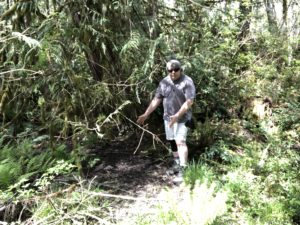








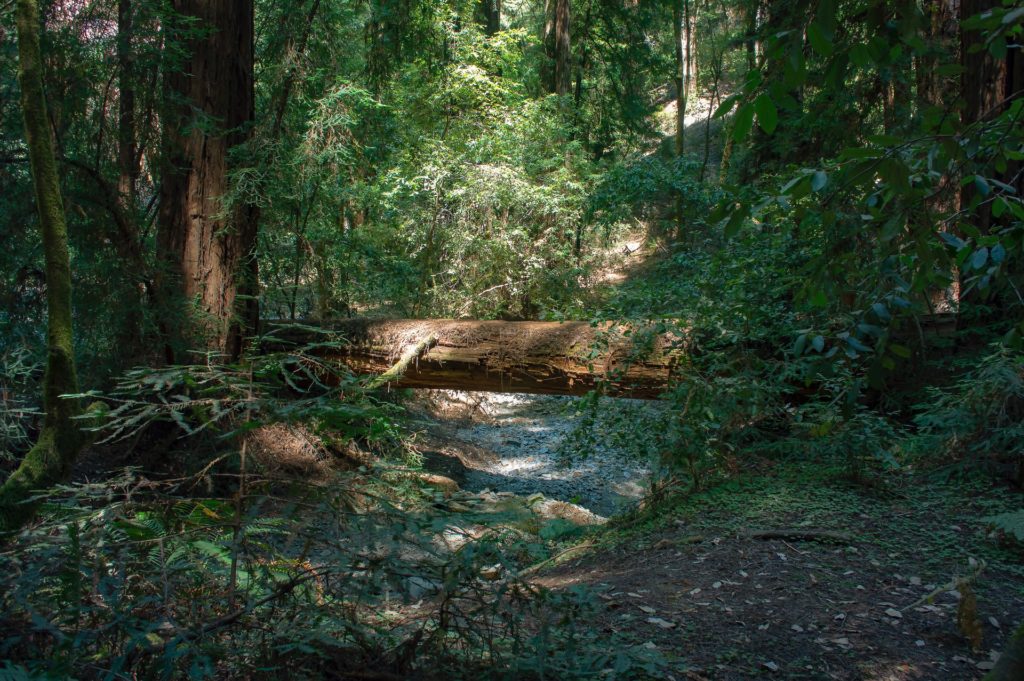
 First, let me say Tony was a real nice, good looking young man.
Of course, I was more than pleased he was willing to do the podcast.
At the time, Tony was working as a mechanic and attending community college.
Likewise, he had a beautiful girlfriend.
Lastly, as a result of living near Mt. Shasta, he had lots of information about UFO’s and Bigfoot activity in the Northern California area he was going to share on Encounters USA.
First, let me say Tony was a real nice, good looking young man.
Of course, I was more than pleased he was willing to do the podcast.
At the time, Tony was working as a mechanic and attending community college.
Likewise, he had a beautiful girlfriend.
Lastly, as a result of living near Mt. Shasta, he had lots of information about UFO’s and Bigfoot activity in the Northern California area he was going to share on Encounters USA.



 As you watch and listen to Encounters USA videos and our podcasts, you will see a recurring theme. That theme is a continuing lie propagated by the government that there is no evidence of aliens, Bigfoot or Dogman. This is in spite of the fact there is plenty of evidence to establish the reality of aliens UAP’s, Bigfoot and Dogman.
Even with the admission of the
As you watch and listen to Encounters USA videos and our podcasts, you will see a recurring theme. That theme is a continuing lie propagated by the government that there is no evidence of aliens, Bigfoot or Dogman. This is in spite of the fact there is plenty of evidence to establish the reality of aliens UAP’s, Bigfoot and Dogman.
Even with the admission of the 

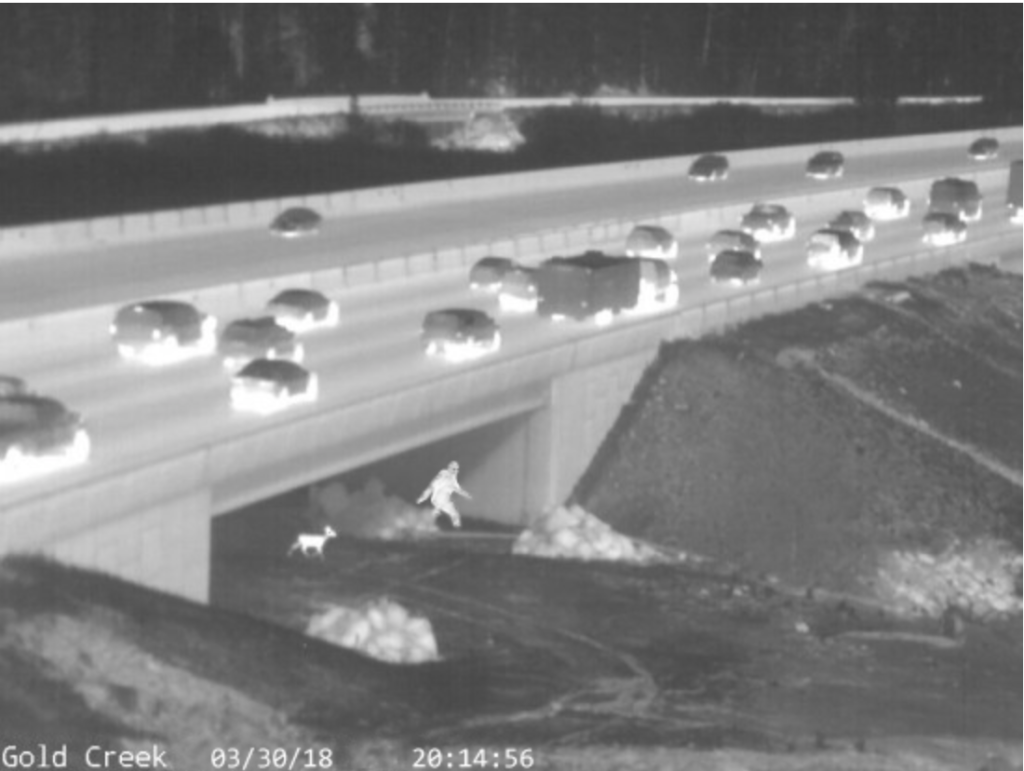
 The fact of the matter is, there’s too much evidence. Thousands of credible eyewitness testimonies, researcher’s evidence and physical remnants contradict the claims of the US Government.
The further use of the word ‘believe’ in relation to these topics simply reinforces the belief by an increasing number in the world’s population. The US corporate/government/media is not to be trusted.
There’s no evidence to prove these things exist?
The fact of the matter is, there’s too much evidence. Thousands of credible eyewitness testimonies, researcher’s evidence and physical remnants contradict the claims of the US Government.
The further use of the word ‘believe’ in relation to these topics simply reinforces the belief by an increasing number in the world’s population. The US corporate/government/media is not to be trusted.
There’s no evidence to prove these things exist?




